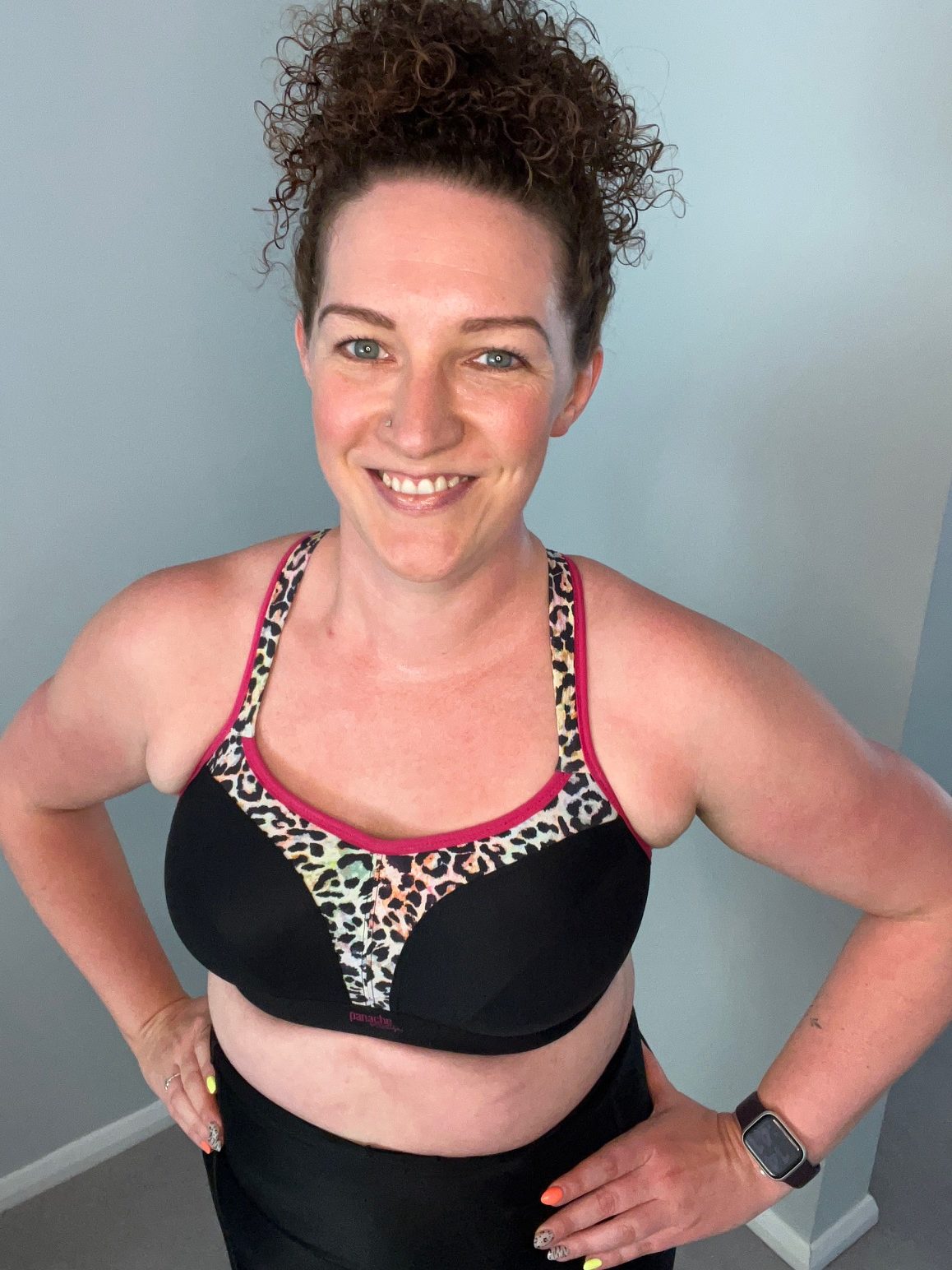As we continue to trundle through January (I know, it’s the longest one of my life too, which seems incredible when you think back to January 2021…), I suspect your fitness journey is going one of three ways:
You’re nailing it. Everything is good and you’re enjoying your routine.
You’re struggling with momentum. Things started well, but you’ve reached a point where you feel like it might all fall by the wayside.
You’re still waiting to get started, or resume activities having taken a break for Christmas. You may or may not be an accountant (or in another profession which is notoriously busy during January).
I make absolutely no judgment about how you’re feeling – I’m here to help. There are some basic principles that coaches use to structure a fitness plan, and I’m going to share them below in order to help you tweak your routine and help you burn brightly through February and beyond. Ready? Let’s go.
The exercise planning acronym you need to know
Personal trainers like myself are taught to think of planning with the framework of FITT: Frequency (how often you train), Intensity (the level of effort involved), Time (meaning duration) and Type (style of session, for example cardiorespiratory, resistance, mobility). The elements work like building blocks – the foundations are type and frequency; next we’d look to increase time; the final part to amp up is intensity.
And this gives us the basis of what I’m about to share – leave intensity until last. Whether you’ve had a break due to illness, injury, or parties, this applies. It’s also relevant if you’re starting for the first time altogether, or picking up a new activity.
Changing your fitness routine
Let’s take the example of having had a two week break over Christmas, coupled with an erratic December due to a busy social life. Imagine you had previously comfortably trained three times per week in a gym or class environment, and you’d like to ideally get back to that level. Assuming you’ve got no new injuries and are generally healthy, here’s what I’d recommend.
Your first option is to plan in two sessions per week for two weeks (there’s your Frequency). You’re going to aim for these to be the same length as you’d previously done (Time), and the style of exercise you prefer (Type). What you’re then going to do is work at about 70% of your previous capacity during those sessions (Intensity) – it might look like running or cycling slower, or turning the resistance down on the rower. It could be cutting down on the load of the weight you lift. All of these things will ease you back in, and allow you to up the intensity fairly quickly. Because a rest will probably have done you some good. When you’ve successfully raised the intensity, repeat this process to add that third session back in.
The alternative is to go straight back to three sessions per week, but with the intensity dropped a little lower – aim for 50-60% of your previous capacity if you’re working through this option. The other option would be to cut back on the timing and the intensity – try three sessions that are all 25% shorter than your previous ones, but at 70% of the intensity. If using this latter option, remember to increase the duration first, then up the intensity once you’ve hit the time goal.
The benefits of easing yourself back into fitness
The biggest aim here would be avoiding injury. Whilst it’s possible that a break has done your body good, none of us ever knows what’s going on underneath, and leaping straight back in at full whack could see you doing yourself a mischief.
The underrated benefit is that you make your goal easier to accomplish. There’s absolutely no shame in this! The destination, after all, remains the same, and it’s highly likely you’re not on a deadline (Spring marathon runners sadly won’t have had the luxury of a taper in December!), so why rush?! Take the easy route, and actually enjoy your training, rather than knackering yourself early on and causing demotivation.
Still not feeling particularly confident with the plan? Get in touch, and I’ll gladly help with some advice. I’ve got slots available for one to one personal training, and would love to see you in the gym
